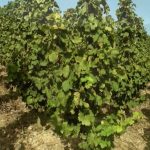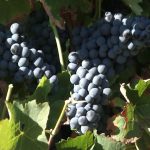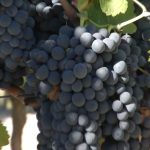The taste of the wine is created by several stakeholders. The main components that affect the taste of wine are: tannin, alcohol, aroma, oak-wood and acidity. Tannin is a strong substance that is contained in the grape skin and seeds, and it is also found in tea. It is a natural preservative keeping the wine good for 10 or even 20 years; Alcohol in the wine produced in the cold regions contains about 7%, and the wine produced in the warm regions contains up to 14% alcohol; Less sugar-containing wines are dry, those with a little more sugar are semi-dry, and sweet wines have flavours of fruits, chocolate, cigarette smoke and the like.
The fruit in the wine is different, it depends on the type of grapes used;
Many wines mature or even ferment in oak barrels;
The acidity keeps the taste fresh;
Sometimes wine has a bad taste. This usually happens due to an error in the production process or if the wine is not stored properly;
the third category is sweet wines;
The aroma in the wine gives different flavours.
BASIC RULES FOR CONSUMING FOOD AND WINE1. With oysters, mussels and cold shrimps, dry sparkling, young and white wines are consumed;
2. Dry white wines or light rosé wines are consumed with cold appetizers (prosciutto, salami, ham, sausages, pâtés, etc.);
3. With appetizers with eggs and meat or pasta with meat sauce, light red wines are consumed;
4. With white fish, boiled or in a sauce, aged white wines are consumed;
5. With roasted, fried, breaded fish, aged white and light red wines are consumed;
6. Strong white and black wines are suitable for grilled fish;
7. White wines are suitable for light meat, white poultry;
8. Red wines are suitable for dark meat, dark poultry;
9. Heavy, strong wines are suitable for wild game;
10. Aged red wine is best suited for cheese and cheese dishes;
11. Cakes and ice cream are best suited with semi-dry sparkling, flavoured semi-dry and sweet wines;
12. Semi-dry sparkling and natural dessert wines are usually consumed with fruits and nuts.























